This is my example image from pdf file with 75 pages.

This is my example image from pdf file with 75 pages.
You can do this with Python and the tabula module. Since it is borderless, you can first find the area dynamically with my get_area function (modify pages number etc.):
from tabula import convert_into, convert_into_by_batch, read_pdf
from tabulate import tabulate
def get_area(file):
"""Set and return the area from which to extract data from within a PDF page
by reading the file as JSON, extracting the locations
and expanding these.
"""
tables = read_pdf(file, output_format="json", pages=2, silent=True)
top = tables[0]["top"]
left = tables[0]["left"]
bottom = tables[0]["height"] + top
right = tables[0]["width"] + left
# print(f"{top=}\n{left=}\n{bottom=}\n{right=}")
return [top - 20, left - 20, bottom + 10, right + 10]
Before conversion, check that the format of your first table looks correct:
def inspect_1st_table(file: str):
df = read_pdf(
file,
# output_format="dataframe",
multiple_tables=True,
pages="all",
area=get_area(file),
silent=True, # Suppress all stderr output
)[0]
print(tabulate(df.head()))
Then, use the area to do your table extraction, from pdf to csv:
def convert_pdf_to_csv(file: str):
"""Output all the tables in the PDF to a CSV"""
convert_into(
file,
file[:-3] + "csv",
output_format="csv",
pages="all",
area=get_area(file),
silent=True,
)
In case you need to extract more than 1 table, again start by inspecting them:
def show_tables(file: str):
"""Read pdf into list of DataFrames"""
tables = read_pdf(
file, pages="all", multiple_tables=True, area=get_area(file), silent=True
)
for df in tables:
print(tabulate(df))
And to a batch conversion of all pdf tables to csv format:
def convert_batch(directory: str):
"""convert all PDFs in a directory"""
convert_into_by_batch(directory, output_format="csv", pages="all", silent=True)
Camelot is a great option for extracting borderless tables. You can use the flavour = stream option for extraction.
tables = camelot.read_pdf('sample.pdf', flavor='stream', edge_tol=500, pages='1-end')
#tables from all your pages will be stored in the tables object
tables[0].df
df.to_csv()